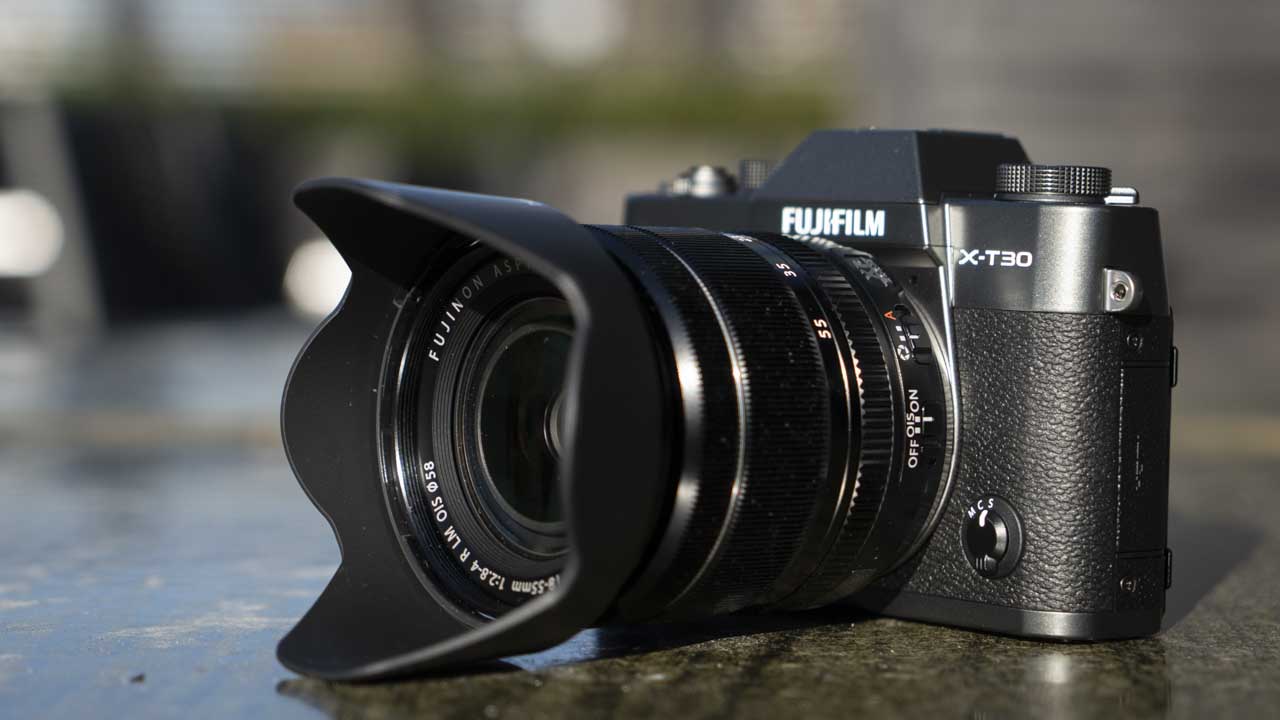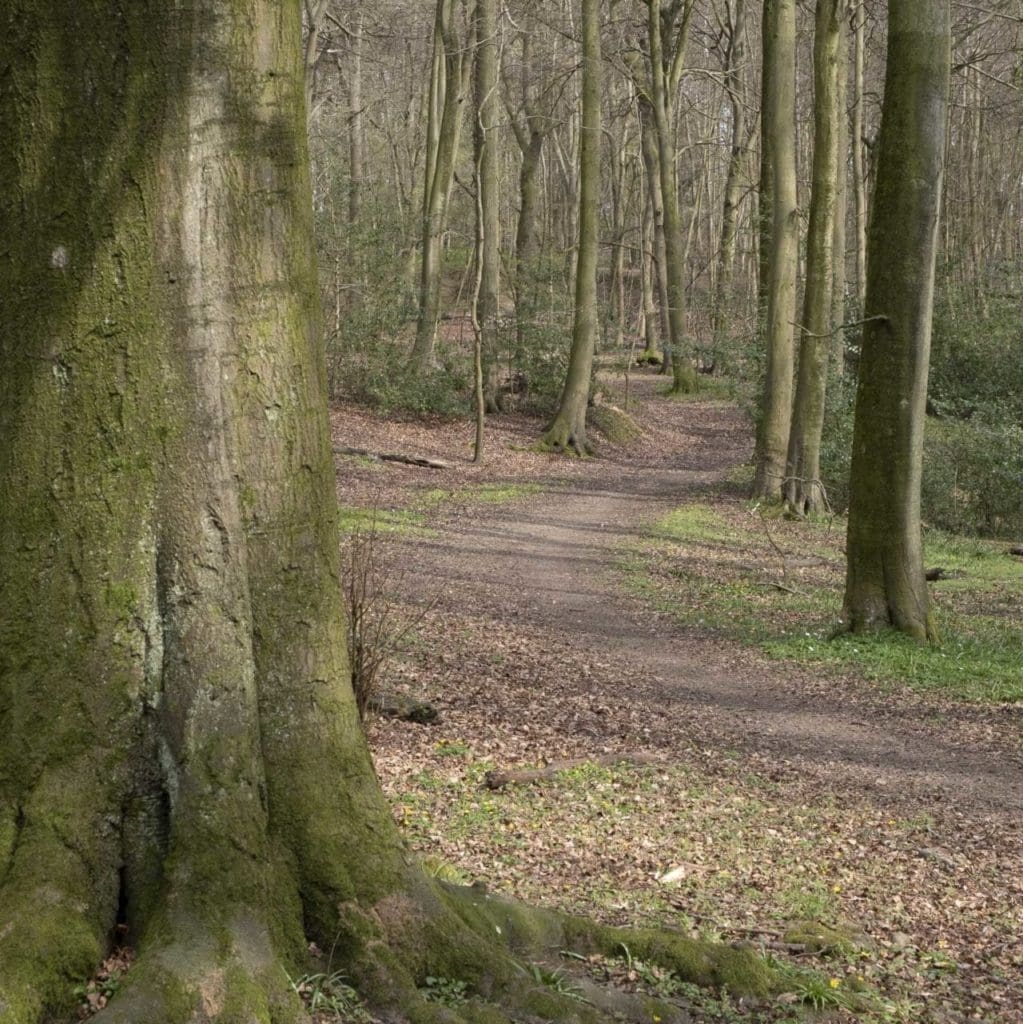Snap Verdict
As soon as the X-T3 was announced we could pretty much guarantee what the specification of the X-T20’s replacement would be. And sure enough, the Fuji X-T30 has the same sensor and processing engine combination. That means that you can get the same image quality as from the X-T3 from a smaller, more affordable camera.
Fujifilm has also made a few handling improvements upon the X-T20. The most noticeable is the exchange of the navigation pad for a joystick controller. It’s a great move.
The only handling niggle is with the placement of the Q button. It’s a pain but it’s outweighed by the superb autofocus system, attractive colours, high-end 4K video options and all-round great performance.
Specification
In the X-T30, Fujifilm has paired its 26.1Mp backside-illuminated (BSI) APS-C format 4th generation X-Trans CMOS sensor with the same 4th generation X-Processor as is in the X-T3.
In addition to the benefits of a BSI sensor, the processor is 3x faster than the previous generation. This helps boost speed, performance and image quality. There are even a few enhancements that have yet to reach the X-T3 via a firmware upgrade.
As with the Fuji X-T3, the 4th generation sensor and processor combo enable a native sensitivity range of ISO 160 to 12,800. This can be expended to ISO 80-51,200.
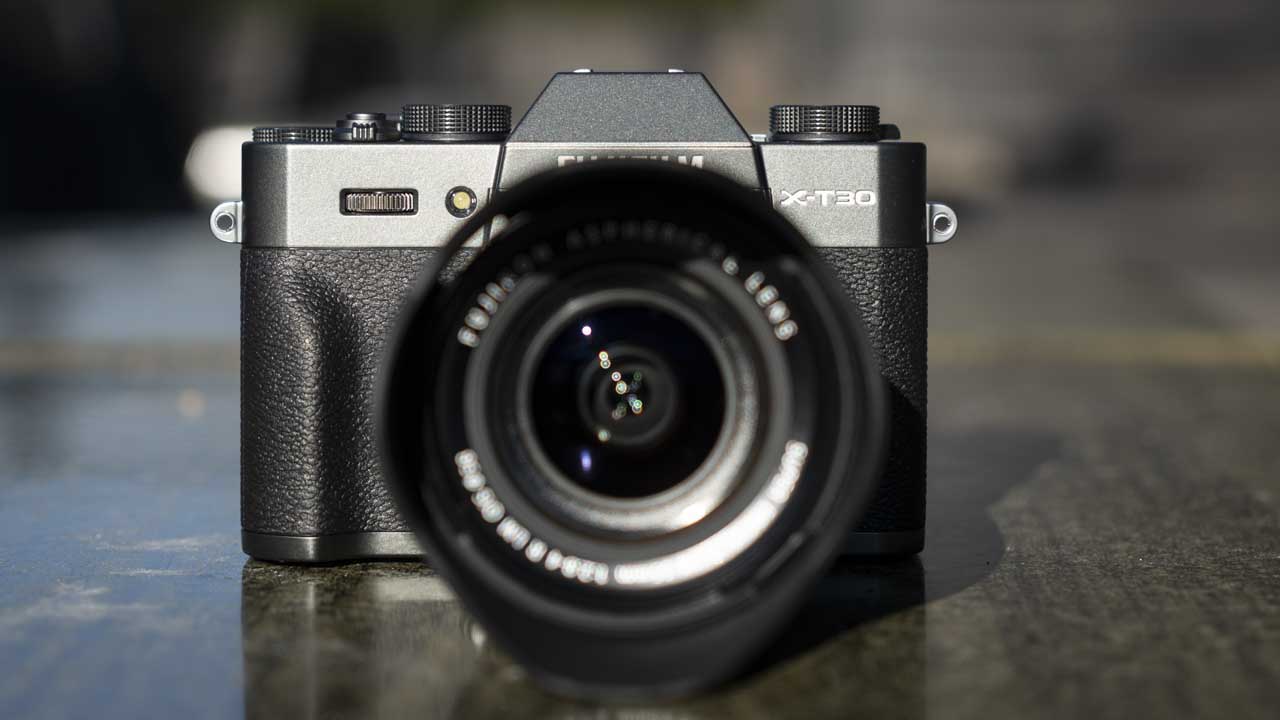
Autofocus
Aside from the step-up in resolution from 24.3Mp to 26.1Mp, the new sensor in the X-T30 also enables a better AF system than the X-T20’s. For instance, there are 2.16 million pixels used for phase detection autofocusing rather than 0.5 million. This gives 100% coverage with AF points.
Each AF point also benefits from 4x as much data.
According to Fuji, this, the new processing engine, an improved algorithm and the BSI design of the sensor combine to make the AF system sensitive down to -3EV.
Fujifilm has also worked on the Face & Eye Tracking system. It’s now faster and more stable than the X-T20’s. The X-T30’s exposure is less likely to fluctuate when a face is detected.
In addition, smaller or more distant faces can be detected. Previously a face needed to occupy at least 10% of the vertical space. The X-T30 can detect faces that take-up just 7% of the space.
As before, there’s a menu section dedicated to customising the continuous Autofocus (AF-C) settings. This doesn’t offer quite as much control as the X-T3, but it’s a nice feature to have. There are 5 preset options that let you tailor the camera’s AF response.
Continuous Shooting
For when you need to capture fast action, the X-T30 has a maximum continuous shooting rate of 30fps (frames per second). This uses the electronic shutter and there’s a 1.25x crop applied to the image. As a result, the image resolution drops to 16Mp.
This rate can be maintained for up to 26 Jpegs or 17 raw files with no visible blackout in the viewfinder. Alternatively, you can shoot full-resolution images at 20fps for up to 53 Jpegs or 17 raw files.
Switching to the mechanical shutter gives a maximum shooting rate of 8fps for up to 90 Jpegs or 18 raw files.
Video
The X-T3 made a significant step up in video features over the X-T2 and the X-T30 does the same in comparison with the X-T20.
In 4K mode (17:9 and 16:9), video is captured at 6K and then downsampled to 4K (4096 x 2160 or 3840 x 2160 respectively). At this resolution the maximum frame rate is 30p. Switch to Full-HD resolution, however, and you can shoot at up to 120fps.
If an external recorder is connected via the X-T30’s HDMI port it’s possible to record 4:2:2 10bit footage. However, when an SD card is used for storage, the output drops to 4:2:0 8bit.
Further good news is that there’s both F-Log recording and the Eterna Film Simulation mode. These are designed to produce flat footage with greater scope for grading. Fujifilm’s other 15 Film Simulation modes are also available if you want to give stills or videos a particular look in-camera.
It’s worth noting here that the F-Log mode can be used when recording video to a memory card. However, the base sensitivity setting rises to ISO 640.
Although the X-T30 has a USB-C connection that allows battery charging, there’s a battery charger supplied in the box. That USB-C port can also be used to connect an external mic.
[table id=97 /]
Build and Handling
One of the things I like most about Fujifilm’s X-series cameras is their build. They feel nice and solid. And even though the X-T30 sits below the X-T3 in the line-up, it doesn’t feel like a major step down in build quality.
The top and bottom plates are made from magnesium alloy while the dials are of milled aluminium. However, it’s important to remember that the X-T30 isn’t weatherproof.
Fujifilm is offering the X-T30 in three colours, Black, Silver and a new Charcoal Silver. I tend to go for black cameras, but they’re all nice and the Charcoal Silver looks very stylish.
In a change from the X-T20, the X-T30’s grip is a slightly different shape to improve handling with larger lenses. I used the X-T30 with the Fujifilm XF 50-140mm f/2.8 R LM OIS WR lens and it felt fine. A larger camera with a bigger grip would be a more natural pairing, but it worked well for me while I shot candid images in the busy streets of Rome.
The X-T30’s tilting screen is also a little thinner than the X-T20’s and this makes the camera slightly smaller overall. It would be nice if there was a dual-tilt mechanism but I guess there have to be a few cuts made to keep the X-T30’s price down.
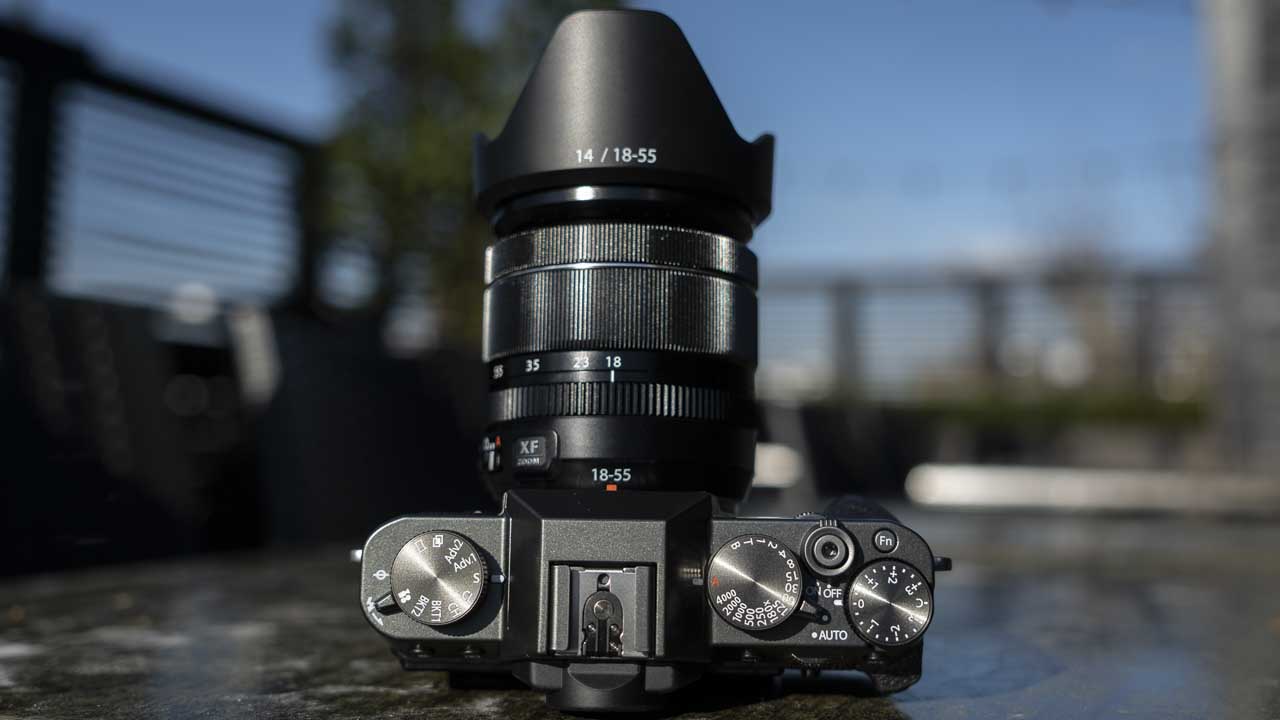
Mini X-T3
While it has much of the same technology inside it as the X-T3, the X-T30 is smaller and lighter. And although Fujifilm has stuck with the same mini-DSLR shape as the X-T20 for the X-T30, it has a key handling change that we saw introduced with the more rectangular and rangefinder-like X-E3.
I’m referring to the removal of the navigation pad (AKA D-pad) on the back of the camera. The introduction of a mini joystick makes this redundant and it saves a lot of space. Consequently, the camera is a bit easier to hold as your thumb has more room.
However, as you’ll see below, you need to be careful with the Q button.

Control Arrangement
I like the X-T20 a lot but I was disappointed that Fujifilm didn’t give it the joystick that was such a popular addition to the X-T2. I’m pleased that Fujifilm has made the change for the X-T30. It’s great for changing the AF point while you look in the viewfinder.
Fujifilm has also given the X-T30 the touchscreen gesture control that was introduced with the X-E3 and appears on the X-T3. Although this can result in a few accidental settings changes, I like that I can get quick access to some key features with a swipe of my finger on the screen.
On the whole, the X-T30’s control arrangement makes sense, but the Q button which accesses the Quick Menu, is prone to being pressed accidentally. It’s on the thumb ridge on the back of the camera and I find I press it accidentally on a fairly frequent basis. The middle of my thumb sometimes presses the button when I lift the camera to shoot or adjust its position in my hand. It means that the Quick Menu pops up when it’s not wanted. It’s easy to get rid of it, but it’s a pain that it happens.
Firmware update Version 1.01
Fujifilm has issued a firmware update (Ver 1.01) to reduce the sensitivity of the Q button. I updated the firmware in our review camera and it makes the Quick menu less likely to pop up if you brush against the Q button, but it’s still prone to activating when you pick up the camera and accidentally press the button – even very briefly.
According to the update page on Fujifilm’s website, the company plans another firmware update in June. This will allow the Q button to be used as a Function button. It will also allow photographers to disable the Q button and adds it as a choice in the Function (Fn) Settings. This means that the Quick menu could be activated by pressing a different Fn button.
I’d like to see an option to use the Q button but for it to require a 1-second press to activate the Quick menu.
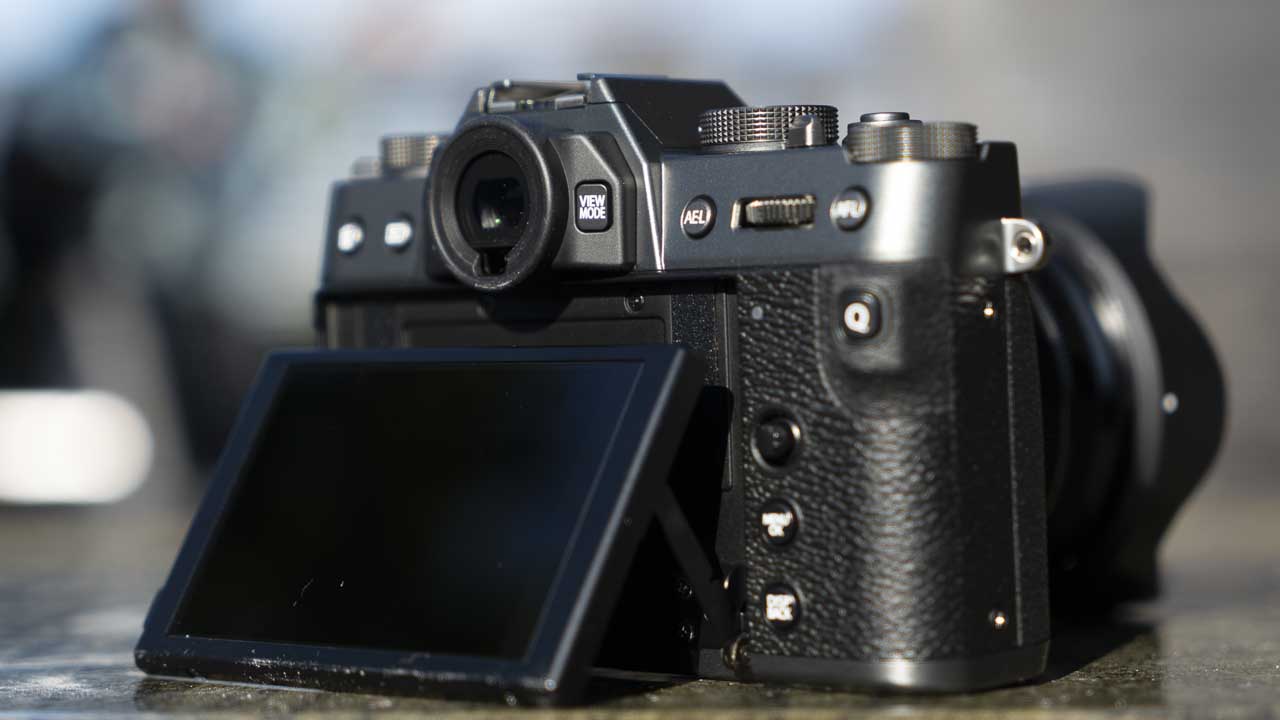
Viewfinder and Screen
Fujifilm has kept the size and resolution of the X-T30’s electronic viewfinder the same as the X-T20’s. That means it’s a 0.39-inch OLED with 2,360,000 dots. However, the manufacturer says it’s brighter and smoother, with a refresh rate of 100fps in boost mode.
I find it gives a nice clear view with plenty of detail. The boosted frame rate also makes is easy to follow fast subjects while the viewing experience is more natural.
Beneath the viewfinder, the 3-inch tilting screen provides an alternative means of composing and reviewing images. With 1,040,000 dots, this provides a decent view and the preview is a good match for the captured images.
The X-T30’s screen is also very responsive to touch so it’s nice that you can select Quick menu options with a tap. However, the main menu cannot be navigated nor settings selected using touch-control.
I find the gesture control takes a bit of getting used to, but it’s useful. A quick swipe to the right gives you access to the white balance settings while swiping left reveals the Film Simulation options.
Exposure Control
Another feature that I like about Fuji’s enthusiast and pro-level X-Series cameras is their traditional exposure controls. The X-T30 has a shutter speed dial on the left of the top-plate with markings running from 1-1/4000sec. This also has B and T (Bulb and Time) mode, along with an A for Automatic setting.
For full traditional exposure control, the camera needs to be used with a lens with an aperture ring. However, there are also front and rear dials for making setting adjustments.
If the shutter speed dial and the aperture ring are both set to A, the X-T30 is in Program mode. The exposure is taken care of automatically. However, if you set an aperture value using the lens ring and leave the shutter speed dial on A, the camera is in aperture priority mode.
Alternatively, when the aperture ring is on A and a shutter speed value is set via the dial, the X-T30 is in shutter priority mode.
If you want to shoot in manual exposure mode, just set specific values on both the shutter speed and aperture controls.
Exposure Compensation
A dedicated exposure compensation dial is located on the far right rear corner of the X-T30’s top plate. There’s no lock on it but it’s not easily knocked out of position.
The exposure compensation dial has settings running from +/-3EV. There’s also a ‘C’ setting that allows you to use the front command dial to apply compensation values up to +/-5EV.
This front command dial is also used for setting the aperture when a lens without an aperture ring is mounted. Pressing the dial switches between aperture and exposure compensation control. It’s a neat solution that you quickly get used to.
Performance
Predictably, as the sensor and processing engine is the same as in the X-T3, the image quality from the X-T30 is very good. There’s an impressive level of detail, the exposure is good and the colours are excellent.
The autofocus system is also extremely capable.
Image Quality
At normal viewing sizes, raw and Jpeg images shot at ISO 3200 look very good.
If you zoom in to 100% the high ISO setting makes itself more apparent. There’s a slight texture of luminance noise visible, but it’s fine-grained and uniform. And as you’d expect, there’s less detail visible than in a low-ISO image.
I’d happily use the camera in its entire native range of ISO 160-12,800. However, I recommend shooting raw files if you go over ISO 3200. At the highest sensitivity settings, the Jpegs lack fine detail and textures become smooth. If you shoot raw files there’s more luminance noise visible, but I’d rather have that than the softening.
- Whole Scene
- ISO 3200 Crop
- ISO 12800 Crop
Exposure and Colour
The X-T30’s metering system copes well with bright sunshine, high contrast and very dim lighting.
Of course, having an electronic viewfinder means that you can assess exposure and colour before taking the shot, so there shouldn’t be many incorrect exposures. However, it looks like X-T30 users won’t need to make heavy use of the exposure compensation dial.
The colours from the X-T30 look typically Fujifilm. And with 16 Film Simulation modes to choose from, there’s something to suit everyone. The Provia/Standard mode is a good general purpose option and Acros is great for black and white images.
I find that the X-T30’s Auto White Balance system works well. It retains the atmosphere of a scene without giving images a strong cast. On the whole, I used the preset white balance values to have a creative impact on my images. For example, I use the Shade setting to warm up some shots a tad. The Daylight setting also warms shaded or overcast conditions very slightly.
Dynamic Range
As with the X-T3’s raw and JPEG files, the X-T30’s images can cope with significant brightening if they’re underexposed. For example, in some instances, I’m able to brighten the raw files by 4EV and some JPEGs withstand 3EV brightening.
As a further test, I underexposed some ISO 160 raw images by 5EV and then brightened then using Adobe Camera Raw. Before the adjustment, the images look completely black and have no detail at all. It’s amazing how much detail appears once the exposure control is dragged to the right.
There’s a slight increase in the amount of luminance noise that’s visible, but it’s not excessive. More significantly, it’s luminance noise rather than chromatic noise, so it’s less obvious. A 5EV increase in brightness is excessive, but being able to brighten shadows by 2 or 3EV without a major issue is good news. It’s very useful for landscape photographers or in high contrast situations. It means you can underexpose to capture more highlight tonality and pull out detail from the shadows.
- Correctly exposed
- Underexposed and brightened by 5EV
Alternatively, the Fuji X-T30 has Fujifilm’s Dynamic Range feature that can be set to Auto, 100%, 200% or 400%. These and the Highlight and Shadow controls can be useful for drawing out a bit more detail in high contrast conditions.
Autofocus
I think the X-T20’s autofocus (AF) system is pretty snappy and after testing the X-T30’s in Rome to photograph scooter riders, cyclists, cars and people, I can say it’s fast and decisive. It even copes pretty well with very low light.
The Face/Eye Detection AF also identifies most of the faces and eyes that the camera is at. Some spectacles seemed to cause it a few issues, but in most cases, the camera latches onto eyes quickly.
When eyes were identified in the frame, the camera stuck doggedly with them, which will be useful for social photography. Helpfully, you can use the joystick on the back of the camera to select the face or set of eyes that you’re most interested in. Another useful feature for crowded social situations.
However, if you’re shooting street scenes in a busy area you may need to disable the Face/Eye Detection AF to stop it latching onto passersby.
Video
The X-T30 makes quite a step-up in video capability over the X-T20. It’s great to see that Fujifilm has enabled such a depth of video features in this level of camera and the results are excellent.
If you wish, you can shoot video with the same Film Simulation mode as your stills. Alternatively, the F-Log mode allows you to record very flat-looking footage that’s better suited to grading post-capture.
By default, the AF system slows down a notch in video mode so that focus changes don’t look too abrupt. However, the AF speed can be adjusted across +/-5 steps if you prefer slower or faster transitions. Face/Eye Detection is also available to keep the focus on people in the frame, but in the absence of a front-facing screen, the X-T30 isn’t the ideal choice for presenting to camera.
Battery Life
According to Fujifilm, in standard testing conditions, the X-T30 battery (NP-W126S) lasts for around 380 frames in Normal Mode. This drops when Boost mode is selected.
In real-world shooting, I found that the battery lasted for more images than this, but a second battery is a wise investment, especially if you intend to shoot a lot of 4K video.
It’s also worth considering buying a Hahnel Pro Cube 2 to allow you to charge two batteries at the same time.
Sample Images
Follow the link to browse and download full-resolution images
Sample Video
The video below was shot using the Fujifilm in 4K (3849 x 2160) 25p 200Mbps. It shows clips in Provia/Standard Film Simulation mode as well as a clip in F-Log mode.
Verdict
The Fuji X-T30 has a terrific build and packs in a fantastic array of features that’s not far off what’s offered by the superb X-T3.
It lacks the metering mode and sensitivity (ISO) dial of the X-T3, but given the range of Auto ISO options and the fact that the viewfinder allows you to assess exposure before you take the shot, that doesn’t seem like a major loss.
On the whole, the X-T30’s control arrangement is excellent, with a nice responsive touchscreen and a healthy collection of buttons and dials. The location of the Q button is the only blot on its copybook. Whilst this is frustrating at first, it doesn’t take too long to adapt to it. You’ll still press it accidentally, but you quickly get back to the view you want in the viewfinder or on the screen.
In comparison with the X-T3, there are also compromises to be made when using long lenses, with the 4K video capability, the weatherproofing and the burst depth. But they’re not bad compromises, especially for a camera at the X-T30’s price.
For most enthusiasts, the most important aspect of any camera is the image quality. And the X-T30 doesn’t make any compromise on the X-T3 in this regard. In short, the X-T30 is a compelling alternative to the X-T3.
It looks like Fujifilm could have another success on its hands.
